Artificial or Artistic? Decoding the Enigma of AI Art
Introduction
Artificial intelligence (AI) has seeped into every facet of our lives, but perhaps none more intriguing than its foray into the world of art. The AI art phenomenon is a fascinating confluence of technology and creativity, posing an enigma that elicits both awe and debate. Is AI art a true artistic endeavor or merely a clever facsimile, a novel but artificial expression of creativity?
Background and Context
A Brief History of AI and AI Art
AI’s role in the art sphere didn’t come out of nowhere. It has been decades in the making. From humble beginnings in the mid-20th century, AI has evolved into a ubiquitous force, influencing sectors as diverse as healthcare, finance, and now, art.
AI’s use in creating art, particularly AI prints, is a more recent phenomenon. Pioneers in the field started experimenting with AI algorithms to generate art in the late 20th and early 21st century. But it was the advancement in deep learning and generative adversarial networks (GANs) that truly opened the doors for AI in the art world.
Significant AI Art Pieces and Their Impact
The impact of AI on the art world was perhaps most profoundly felt when the AI-generated artwork, “Portrait of Edmond de Belamy,” sold for a staggering $432,500 at Christie’s in 2018. This event sent shockwaves through the art community, challenging traditional ideas about art and its creation.
AI art is not just about high-profile auction sales. Many artists, both established and emerging, are exploring AI as a new medium for artistic expression. AI art generators from photos have become popular tools, enabling artists to create unique and engaging works.
The Current State of AI Art
The current state of AI Art is one of excitement, exploration, but also controversy. While some laud it as the future of creativity, others criticize it as a loss of the human touch in art. The dialogue around AI Art is as multifaceted as the art itself, with debates on its authenticity, value, and implications for the art world.
Analysis of AI Art
The Artistic Process in AI Art
AI Art is a complex process, involving both AI algorithms and human input. An AI art generator uses algorithms trained on a database of images. These algorithms then generate new images based on patterns and structures learned from the training data.
However, it’s essential to note that humans play a crucial role in this process. From selecting the training data to tweaking the algorithms and choosing the final output, the human artist’s influence is undeniable.
-
LeBron James
Art Prints $160.00 – $200.00Buy now This product has multiple variants. The options may be chosen on the product page -
US President 44
Art Prints $160.00 – $200.00Buy now This product has multiple variants. The options may be chosen on the product page -
US President
Art Prints $160.00 – $200.00Buy now This product has multiple variants. The options may be chosen on the product page
Comparison with Traditional Art Creation
When compared to traditional art creation, AI Art introduces an interesting dichotomy. In traditional art, the artist’s direct hand, vision, and emotional intent are apparent. In AI Art, the ‘artist’ is a combination of an AI algorithm and a human collaborator, introducing a new kind of creativity that is both artificial and artistic.
Yet, similarities exist. Both processes involve creativity, decision-making, and an appreciation of aesthetic qualities. The differences lie in the tools and techniques used, challenging our understanding of what constitutes art and who or what can be an artist.
Aesthetic Qualities of AI Art
Aesthetic qualities are central to any art form, and AI Art is no exception. The results can be stunningly beautiful, with intricate patterns and compositions that are unique to the AI’s ‘mind’. Some AI-generated pieces exhibit a sense of style akin to famous artists, while others offer entirely new visual experiences, pushing the boundaries of what we consider aesthetically pleasing.
Whether you view AI Art as a new frontier in artistic expression or a sophisticated form of artificial creativity, one thing is clear: AI Art has entered the art world, and it’s here to stay. It challenges us to rethink our definitions of art and creativity and poses intriguing questions about the role of machines in our creative endeavors. Will the future art galleries be filled with AI-generated art? Only time will tell.
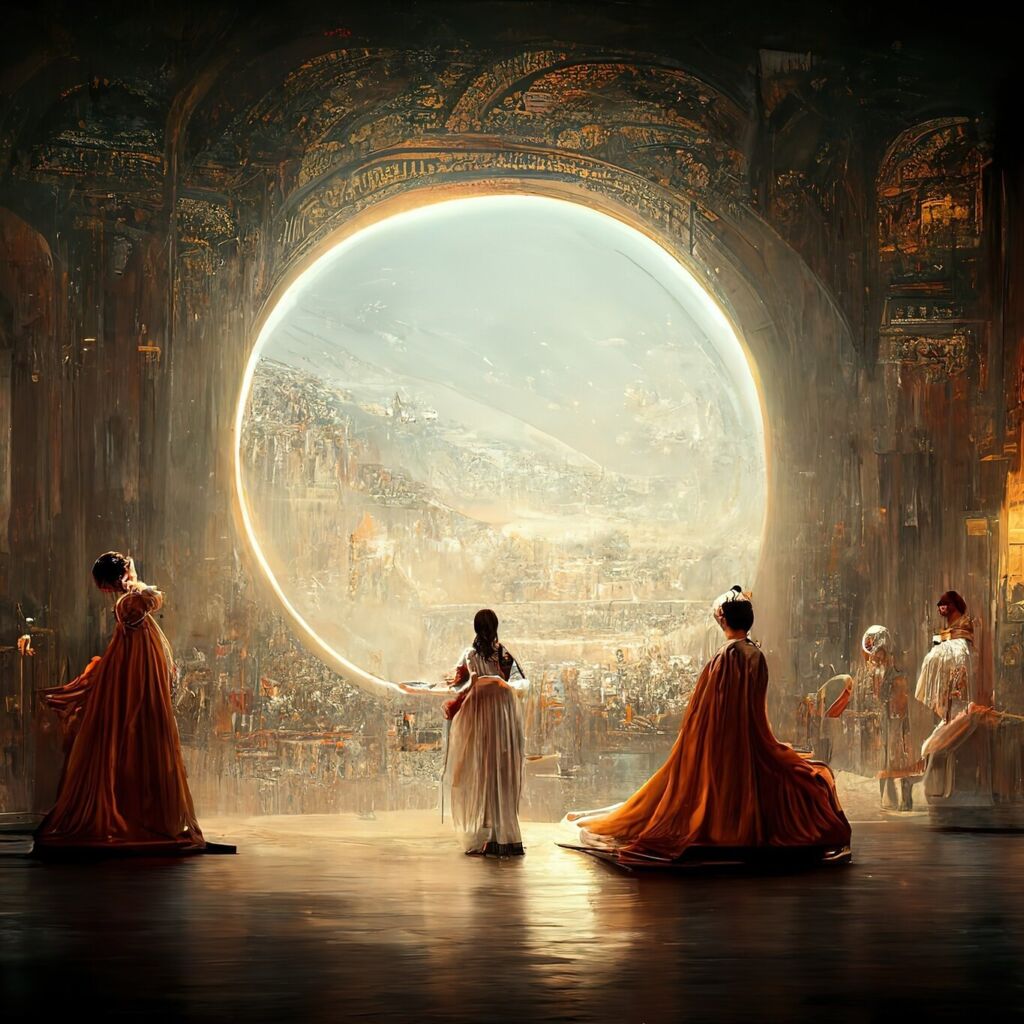
The ‘Artificial’ Argument
Is AI Art More Artificial Than Artistic?
AI Art, while novel and intriguing, has its fair share of critics. Detractors argue that AI Art is more artificial than artistic, citing a few key reasons. The primary argument lies in the lack of original creativity in AI. AI algorithms can generate unique patterns and designs, but they do so based on existing data they have been trained on. They do not have the capacity to dream, to imagine, or to feel – essential elements of human creativity and artistry.
Moreover, the human hand in AI Art is undeniable. The human artist’s role in selecting training data, adjusting algorithms, and curating the final output is significant. Critics argue that this makes AI more of a tool than an artist, with the human artist maintaining creative control.
This perspective is reinforced by the very nature of AI. AI, at its core, is a set of mathematical algorithms. It operates based on logical rules and probabilities, not on emotion or personal experience. Thus, some argue that AI Art lacks the emotive depth and personal expression characteristic of traditional art.
Implications for the Acceptance and Value of AI Art
The ‘artificial’ argument holds several implications for the acceptance and value of AI Art. If AI Art is seen as merely a clever replication of existing styles or as a tool manipulated by a human artist, its artistic value could be diminished. This could impact the way AI Art is received in the art world, its commercial value, and its status as ‘art’ in the traditional sense. Critics worry about the implications of this new form of art, questioning whether it might devalue human creativity or lead to an over-reliance on technology in art.
The ‘Artistic’ Argument
Can AI Art be Considered Truly Artistic?
On the other hand, many believe that AI Art can be considered truly artistic. Supporters argue that art has always been a product of its time, reflecting the tools, ideas, and technologies available. Just as the invention of photography, the advent of digital art, or the use of synthetic paints revolutionized the art world, AI is simply the latest tool artists can use to express their creativity.
Proponents also point to the unique aesthetic qualities of AI Art. The fact that AI can generate visually pleasing and engaging works that resonate with viewers suggests a form of creativity, albeit a non-human one. This perspective views AI not as a mere tool, but as a partner in the artistic process, offering new possibilities for creativity.
Additionally, the concept of ‘originality’ in art is subjective and has evolved over time. Art movements such as Pop Art and Appropriation Art have questioned the notion of originality, using existing imagery as a form of artistic expression. In this light, AI’s use of existing data to generate new images could be seen as a continuation of this trend.
Implications for the Acceptance and Value of AI Art
The ‘artistic’ argument suggests a future where AI Art is more widely accepted and valued. If AI Art is seen as a valid form of artistic expression, it could gain a more prominent place in the art world. This could lead to increased commercial value for AI Art and a greater acceptance of AI as part of the artistic process.
The ‘artistic’ argument also raises intriguing questions about the future of art. As AI technology advances, what new forms of art might emerge? Could AI ever create art that evokes the same emotional response as human-made art? And what does this mean for human artists?
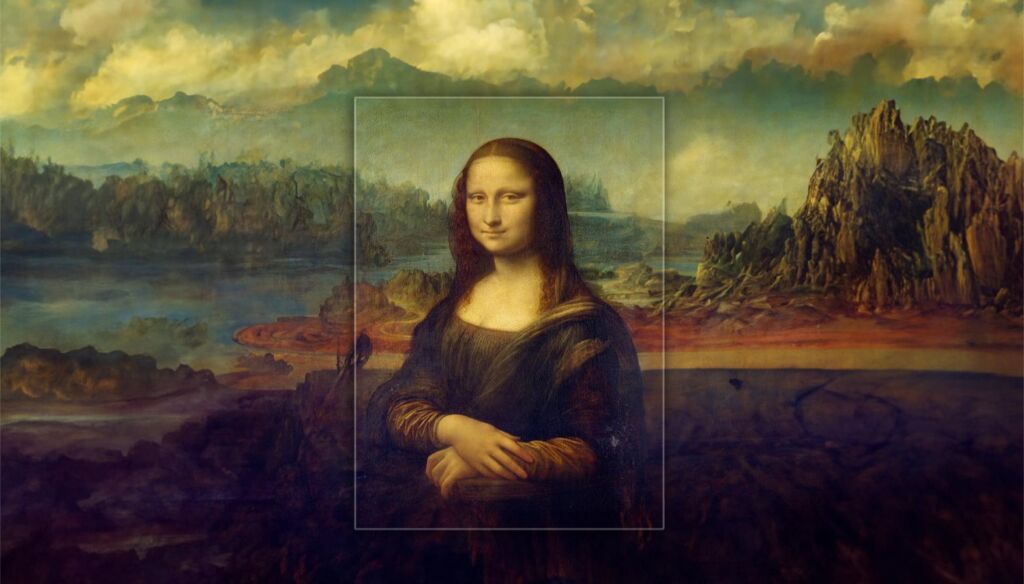
Conclusion
The question of whether AI Art is artificial or artistic is complex and multifaceted. As we have seen, there are strong arguments on both sides, and the implications of these debates are profound.
Ultimately, whether one views AI Art as artificial or artistic may depend more on one’s personal beliefs about art and creativity than on any objective standard. What is clear, however, is that AI Art challenges us to rethink our definitions of art, creativity, and the role of technology in our lives.
The enigma of AI Art is part of its allure. It pushes boundaries, provokes debate, and offers a glimpse into a future where human and machine creativity coexist. Whether this future is dazzling or dystopian may depend on your perspective. But one thing is certain: the dialogue around AI Art is as engaging and complex as the art itself.
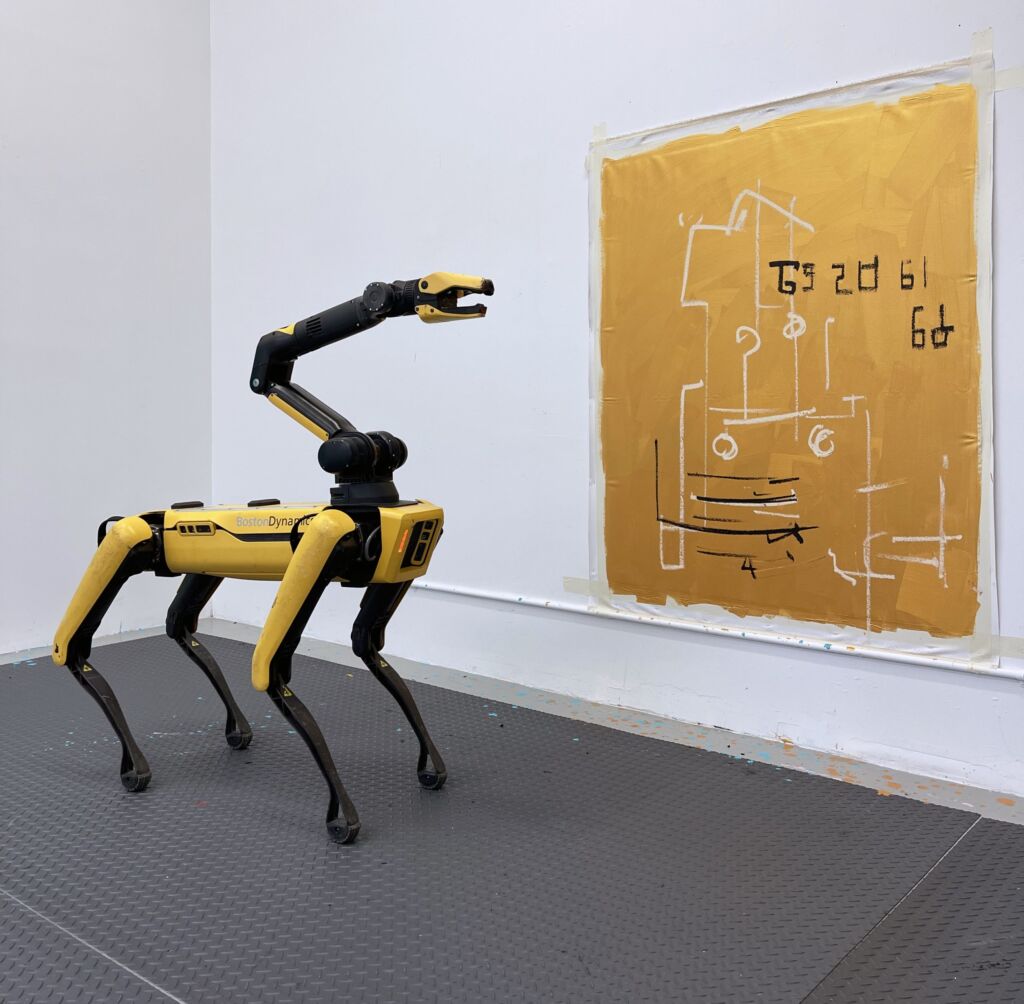
Frequently Asked Questions
- Can you tell the difference between AI art and real art?
- It can be challenging to tell the difference between AI-generated art and human-created art, especially with advanced AI technologies. However, AI art often has a distinct style influenced by the data it was trained on. The distinction may also lie in the creative intent and emotional depth often associated with human art.
- What is AI artificial intelligence art?
- AI art, or artificial intelligence art, refers to art created with the use of AI algorithms. This can include images generated by AI based on certain parameters or data, or art created with the assistance of AI tools. AI art pushes the boundaries of traditional art, introducing new ways of creating and perceiving art.
- How does AI art steal from artists?
- Some critics argue that AI art "steals" from artists in the sense that AI algorithms are often trained on existing artworks. This means that the AI may generate art that mirrors the styles or patterns of these artworks. However, others view this as a form of inspiration or influence, much like artists have influenced each other throughout history.
- What is the problem with AI-generated art?
- Concerns about AI-generated art often center on issues of originality, authenticity, and the role of human creativity. Some worry that AI art lacks the emotional depth and personal expression that is inherent in human art. There are also concerns about the commercial and legal implications of AI art, such as copyright issues and the devaluation of human-created art.
- How do artists feel about AI-generated art?
- Artists' feelings about AI-generated art vary widely. Some artists embrace AI as a new tool for creativity and experimentation, while others view it as a threat to the value and authenticity of human-created art. Many artists are also exploring the middle ground, using AI as a collaborative partner in the creative process.
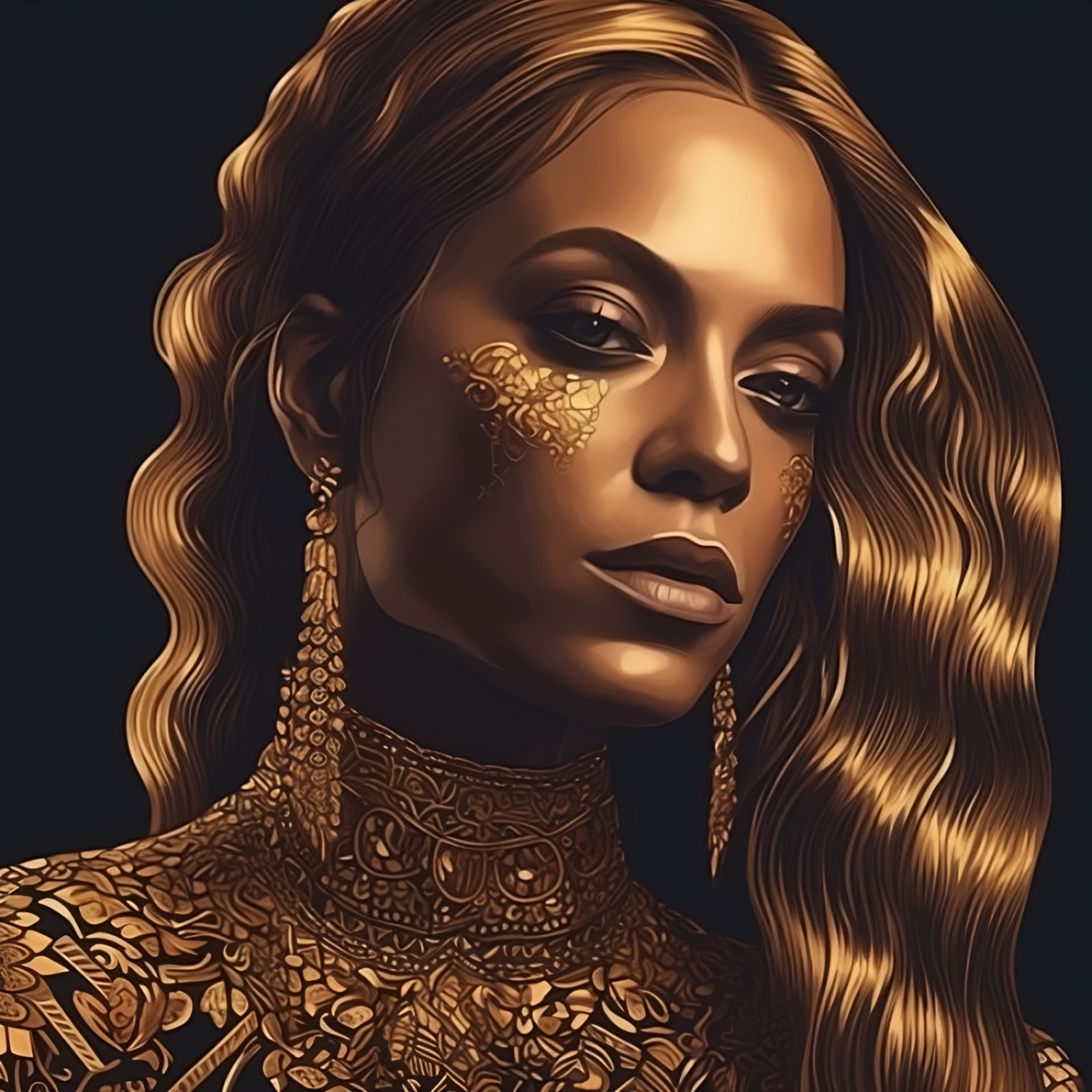

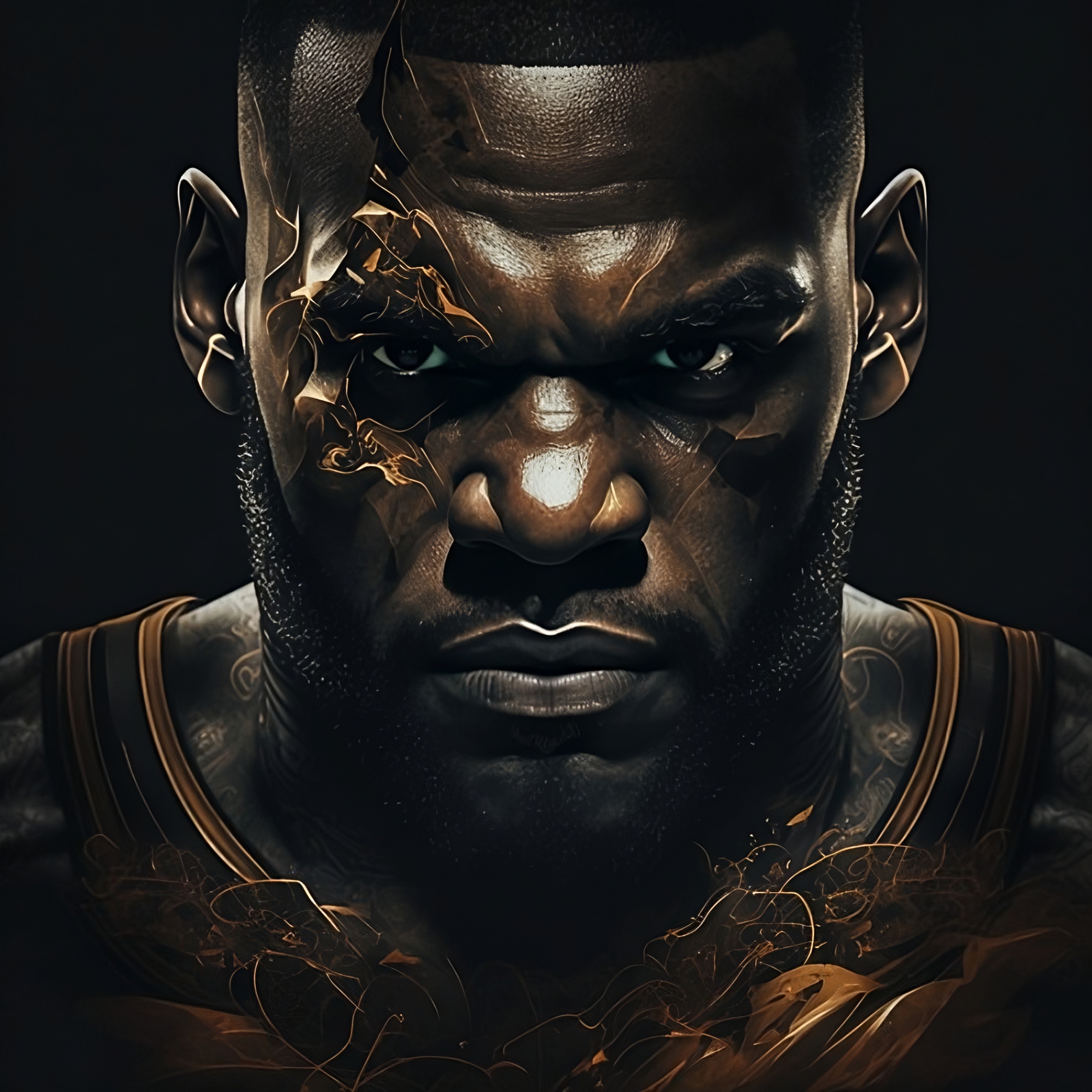

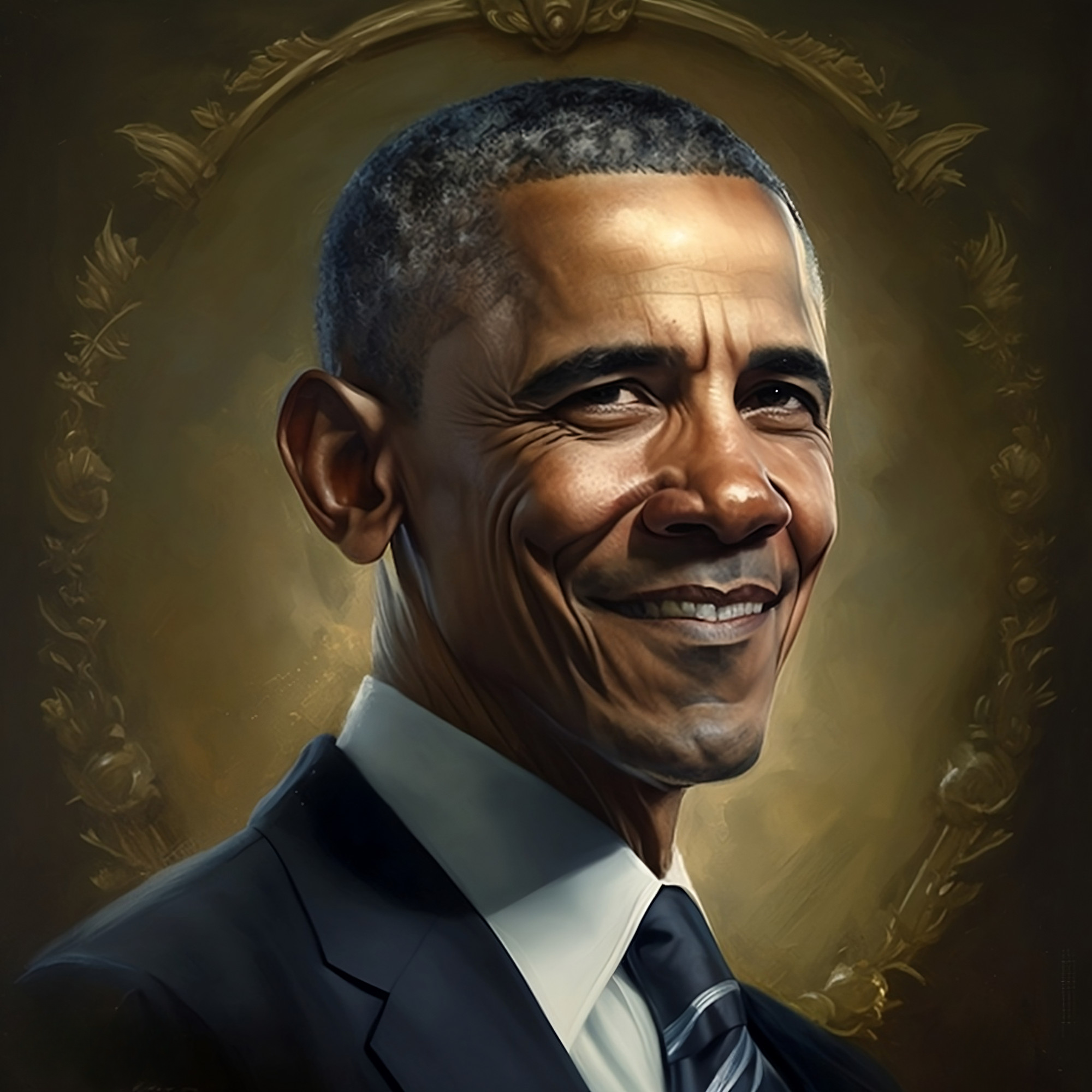

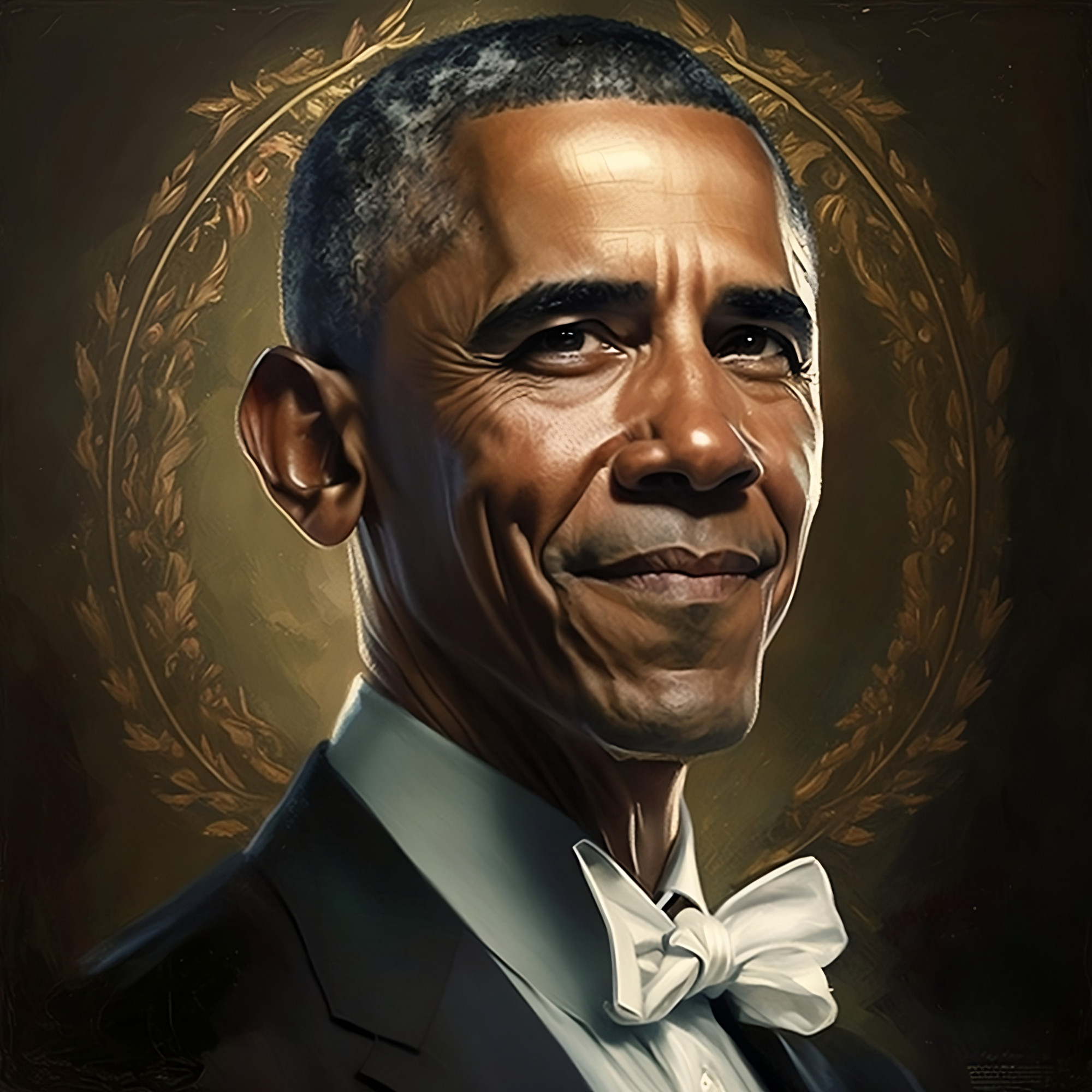
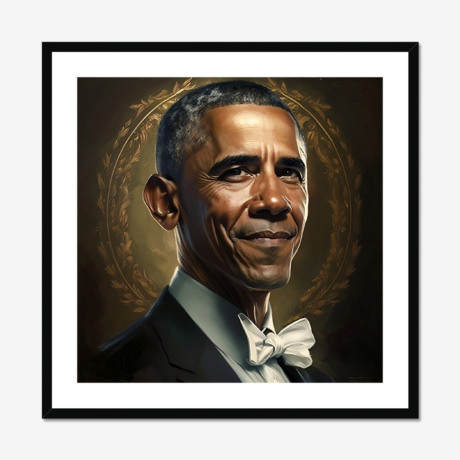
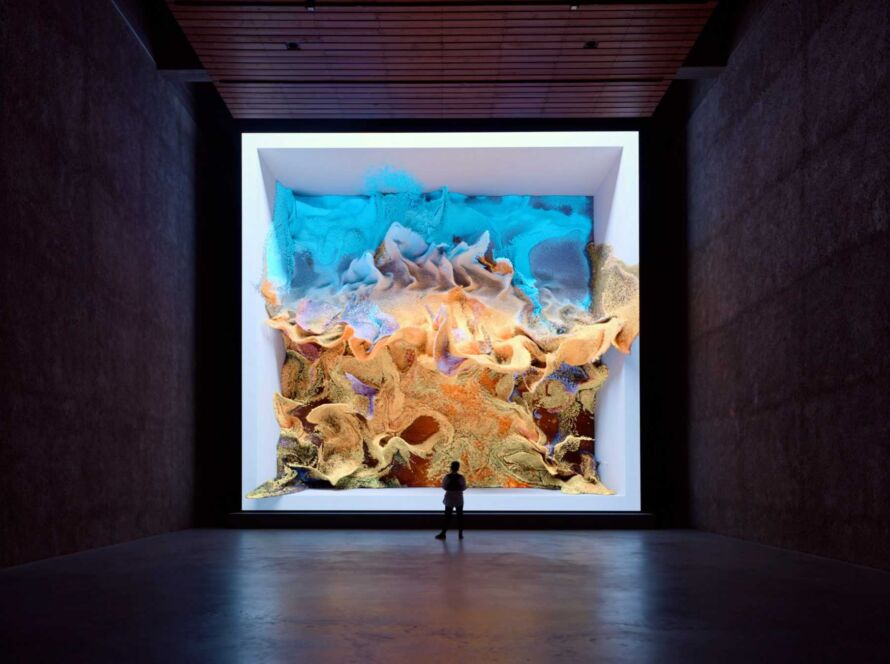

1 Comment